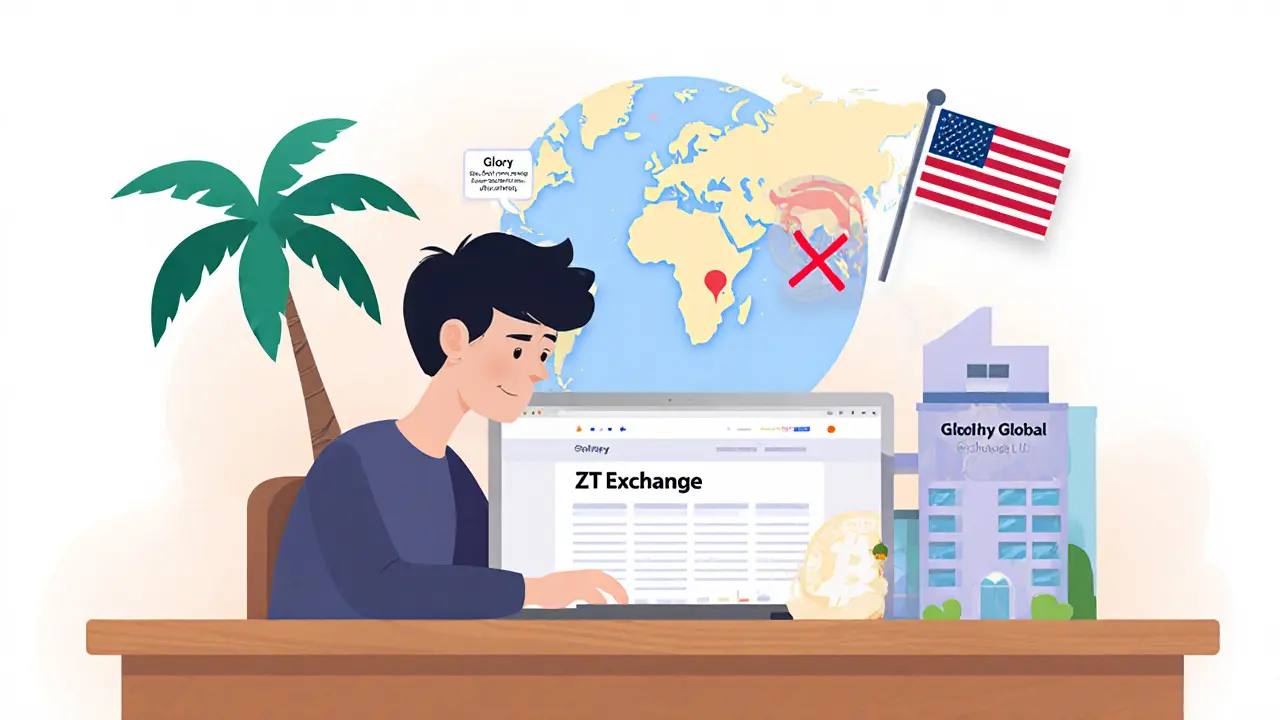cryptocurrency exchange scam
When you hear the term cryptocurrency exchange scam, a fraud where fake or compromised platforms trick users into sending crypto, it can feel like a minefield. cryptocurrency exchange scam isn’t just a headline; it’s a real threat that costs investors millions every year. It all starts with a crypto exchange, an online service that lets you trade digital assets that looks legit on the surface. The problem appears when that exchange either pretends to be reputable or hides weak security behind a shiny interface. At the same time, regulatory compliance, the process of following government rules for financial services becomes a key factor – platforms that ignore licensing and reporting standards are far more likely to run a scam. Finally, the right security tools, software or practices that protect your crypto assets can make the difference between losing everything and staying safe.
Let’s break down how these pieces fit together. A cryptocurrency exchange scam encompasses fake listings, copy‑cat apps, and phishing attacks that lure you into depositing funds. Detecting a scam requires knowledge of scam detection techniques, such as checking domain age, reading community reviews, and confirming audit reports. Regulatory compliance influences the likelihood of an exchange turning out to be a fraud – jurisdictions with strict licensing tend to host safer platforms, while offshore operators often slip through the cracks. Security tools enable you to verify the authenticity of a site, enable two‑factor authentication, and monitor transactions for unusual activity. In short, the three pillars – exchange legitimacy, regulatory oversight, and security measures – are tightly linked and together dictate whether you’ll fall victim to a scam.
Key Signs of a Scam Exchange
First, look at the platform’s licensing. A genuine exchange will list its registration number, show links to the regulator’s website, and often publish compliance certificates. If you can’t find any of that, treat the site with suspicion. Second, examine the fee structure. Scammers love to brag about “zero fees” or “unrealistically low spreads” to attract quick deposits. Real exchanges need to cover network costs and operational expenses, so extremely low fees are a red flag. Third, pay attention to the user interface. Poorly translated copy, low‑resolution logos, and broken links are common in hastily assembled fraud sites. Fourth, test the customer support. A legitimate exchange offers multiple channels (email, live chat, social media) with prompt, knowledgeable replies. Scammers either ignore inquiries or give vague, scripted answers.
Another subtle cue is the exchange’s trading volume. Most legitimate platforms report transparent, real‑time volume data that matches blockchain explorer numbers. If the volume looks inflated or the chart is static, that’s a warning sign. Also, check the community. Platforms with active Reddit, Telegram, or Discord groups where users share experiences usually have accountability. A silent or brand‑new community often means the exchange hasn’t earned trust yet. Finally, verify the smart contract code if the exchange offers its own token. Audited contracts will have public reports from firms like CertiK or Quantstamp. No audit, or an audit from an unknown entity, suggests the token could be a rug pull.
Now that you know what to watch for, here are practical steps to protect yourself. Start by doing a quick Google search of the exchange’s name plus keywords like “scam” or “fraud”. Scan the first few pages for red‑flag reports. Next, use a site‑checking tool such as VirusTotal to scan the URL for malware or phishing signatures. Third, confirm the exchange’s SSL certificate – a valid HTTPS connection is a basic requirement but not a guarantee of safety. Fourth, if you’re about to make a large deposit, send a tiny test amount first. That test can reveal whether withdrawals work and how quickly the platform processes transactions. Fifth, enable two‑factor authentication (Google Authenticator or hardware keys) on every account you create. Finally, keep a cold wallet for the bulk of your holdings. Even if an exchange turns out to be a scam, the assets you keep offline stay out of reach.
Scam detection isn’t a one‑time checklist; it’s an ongoing habit. Keep an eye on regulatory news – jurisdictions like the EU, the US, and Singapore regularly update crypto guidelines, and exchanges that fail to adapt can become unsafe quickly. Subscribe to trusted crypto newsletters that flag newly identified frauds. And remember, the ecosystem evolves – new tricks like deep‑fake videos or AI‑generated social proof are emerging, so stay skeptical of hype that feels too good to be true.
Armed with these insights, you’ll be better prepared to sift through the noisy world of crypto platforms. Below you’ll find a curated set of articles that dive deeper into specific exchange reviews, legal landscapes, and security tools, giving you the actionable knowledge you need to stay ahead of the next cryptocurrency exchange scam.
ZT Crypto Exchange Review 2025: Safe Platform or Scam?
Posted By Tristan Valehart On 24 Oct 2025 Comments (15)

In-depth 2025 review of ZT Crypto Exchange covering fees, security, regulation, user experience, and whether it's a legit platform or a scam.
READ MORE
